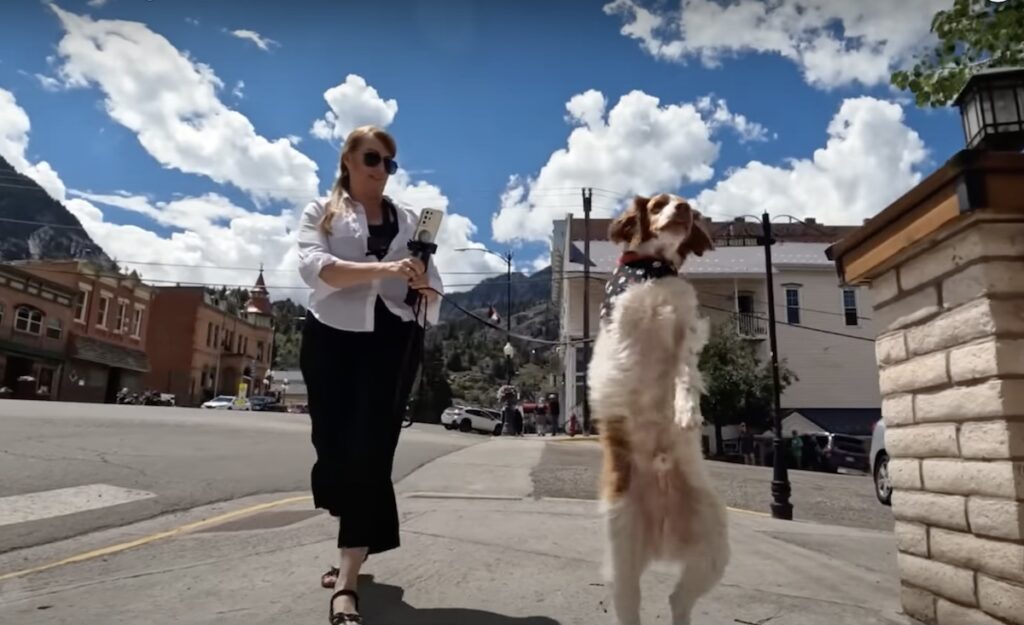
Resilience is the ability to recover from challenges and setbacks and persevere through difficult situations. It requires trust in yourself and taking responsibility for your actions.

Make decisions based on rationality, ethics, and effectiveness.
Regulate emotions, attitudes, and actions and resist negative emotions and impulses.
Have a growth mindset and be willing to learn from mistakes.
Make rational, ethical, and effective decisions to find the best solutions to problems.

Students will learn about resilience from Dexter, a dog who was severely injured when he was hit by a car. They will think about how they can be resilient in their own lives after learning from Dexter.





K-5
6-12

Educators: Copy the Family Connection and email it to parents, or click here to download a PDF version to email or print.
Watch
Watch the video as a family: https://youtu.be/2hZiyJ7bLq4
Discuss
Use these questions to start a meaningful discussion about resilience.
Activity
Create a Resilience Jar
(C) 2024 The Ray Center at Drake University is proud to be the home of CHARACTER COUNTS! CHARACTER COUNTS!, the Six Pillars of Character, and Pursuing Victory with Honor are trademarks of the Josephson Institute. CHARACTER COUNTS! was founded by Michael Josephson through the Joseph and Edna Josephson Institute of Ethics.